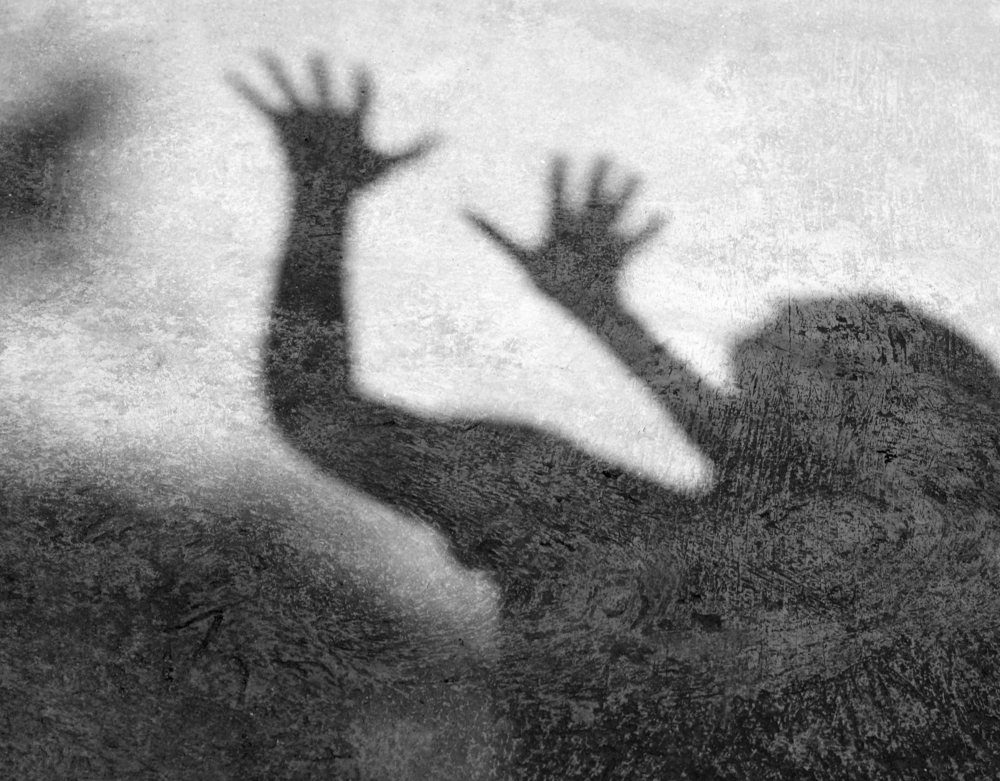Whether traveling to the office or reading a book, there will be shadows everywhere. But have you ever wondered how they were trained to start?
An object must block the motion of light in order to form shadows. We see everything after the light, this electromagnetic wave that enables us to see the shadow. For example, if you’re standing on the sidewalk, you might be able to understand the sidewalk before you decide, because your vision is reflected by the light that hits its surface.
But if you stand in this place, your physical body will block the passage of light, creating shadows. Shadow is therefore a component of any item that can not be accessed by light. There might have to be room for a much better example. Turn the light on, and you’ll see all of it; turn it off, and it’s dark. If you use the lowest light button, you can see some shadows.

While light (or lack thereof) accounts for shadow formation, there are more things that help determine its shape and size. Especially if your angle is about 90 degrees with light and stuff. If the angle with the light is smaller, this shadow will be much longer than normal. If the object that blocks the route is very close to the light source, there may be a higher shadow.
What If The Shadow Is Moving?
Needless to say, if the shadow is moving, the size of the shadows can also be determined. Usually, the size of the shadow is slightly longer or larger than the object being moved.
When shadows are formed, the size of the light is also essential. If it’s large, then expect the shadows to blur more. Other variables that may come into play will be other sources of light or effects that will bend the light. If the light source emanates from different directions and points, several shadows will be observed, many of which overlap. You will also see shadows of different sizes and shades depending on the color of the light.

Colored shadows are usually generated when white light is generated by multicolored light sources. If there is no white, the shadow will represent the additional color of the lockable lights. For example, if the fire is blue, this shadow may appear red, while for the green, depending on the shade, it is usually yellow or purple.
For these reasons, it should be obvious why the time of day plays a vital role in the formation of shadows, since the sun is the primary source of light for the surrounding objects. At this point, however, it would be appropriate to dismiss the myth here, that is, the shadows are getting longer as the day passes. Actually, the opposite is the case.
Knowledge is authority, it is said, and this is also true in such cases. The next time you train shadow puppets for the wall, you’ll have a better idea of how these light tricks are formed.
Conclusion
Hopefully you have now understood how your shadows are formed, next time when you see a shadow – don’t get scared, after all it might be yours.


